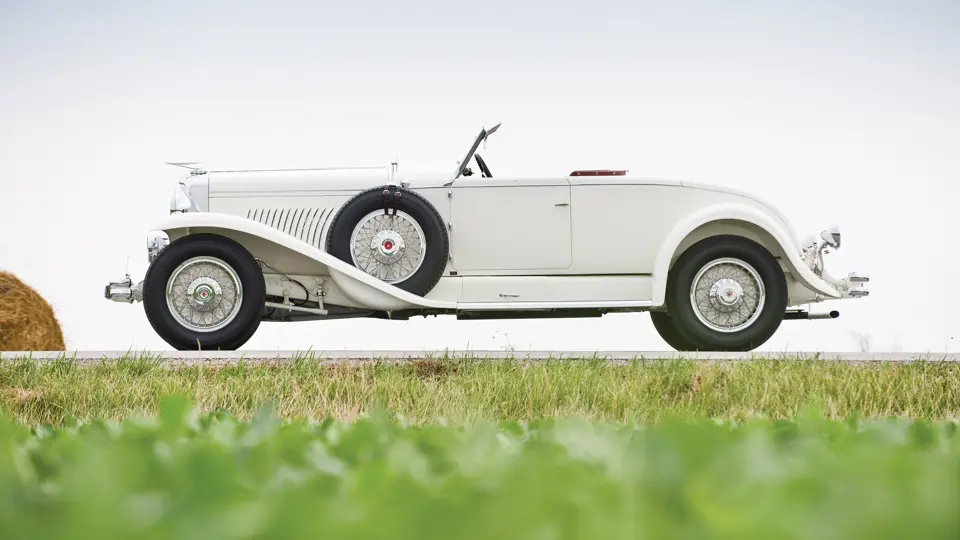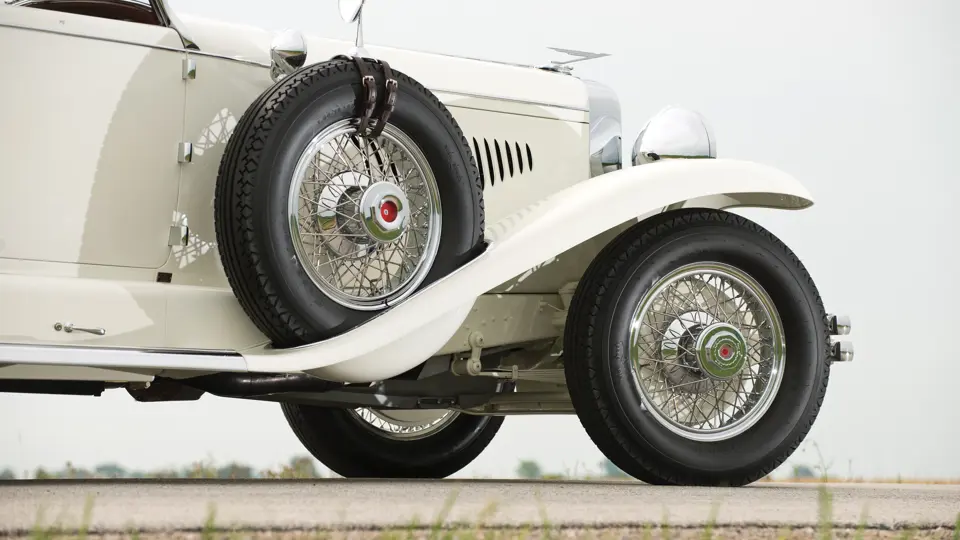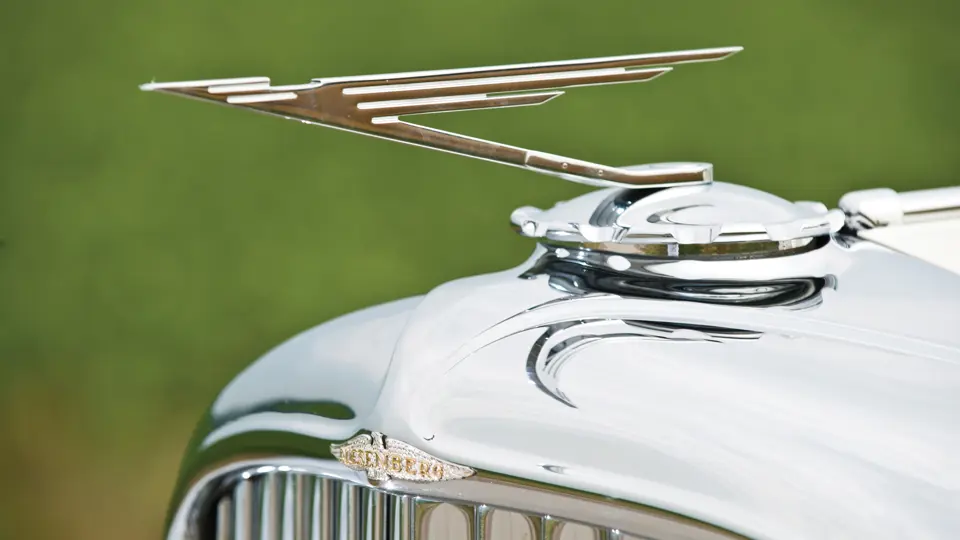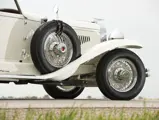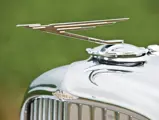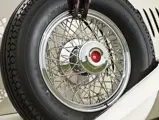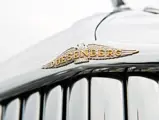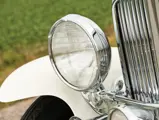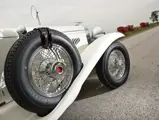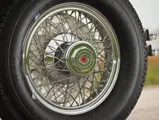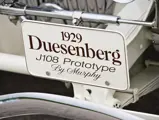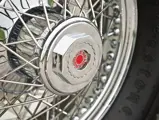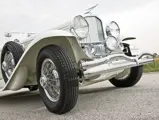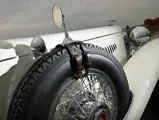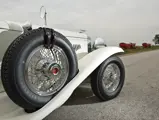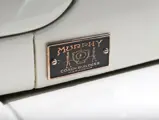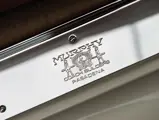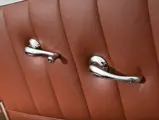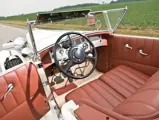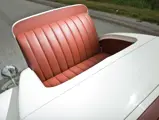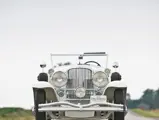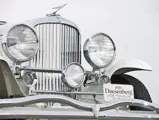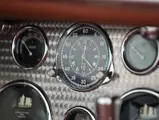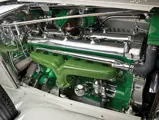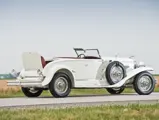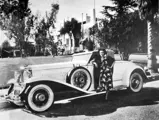265 bhp, 420 cu in DOHC inline eight-cylinder engine with four valves per cylinder and hemispherical combustion chambers, three-speed manual transmission, beam-type front and live rear axles with semi-elliptic leaf springs, and vacuum-assisted four-wheel hydraulic drum brakes. Wheelbase: 142.5"
• First chassis-only purchase from Duesenberg Inc.
• Bespoke coachwork for Mr. & Mrs. Harry Robinson
• True custom coachwork; ACD certified
• Recent concours restoration by Fran Roxas
The announcement of the Model J shook the industry and even momentarily halted trading on the floor of the New York Stock Exchange. The first opportunity members of the public had to see the new car was at a chassis display at the 1929 New York Auto Show. Hundreds came to see this new wonder and they were not disappointed: there on the floor was a brand new, bare chassis on display.
Duesenberg J-108/2134 was purchased by the wife of department store scion Mr. Harry Robinson, of Los Angeles, in the spring or summer of 1929, and it was notable as the first chassis-only purchase from Duesenberg Inc. The Robinsons were good clients of the firm. In J.L. Ebert’s Duesenberg: the Mightiest American Motor Car, a letter written by Mrs. Robinson, identified as “Mrs. H. R., of Beverly Hills,” writes, “I am happy to talk of our Duesenbergs—we have had four three-special bodies. My husband’s white car, a green sports sedan—with the back seat higher than the driver’s—and two town cars… My most beautiful 1929 town car I still use daily.” The Robinsons, in fact, owned three or four Model A Duesenbergs, and by the time that J-108, their first Model J, was ordered, they would have had plenty of experience in specifying the appearance of a new car.
The rolling chassis was delivered to the Walter M. Murphy Company, where it was clothed with a full custom body in the form of this disappearing top convertible coupe. It can be presumed that either Mrs. Robinson, or both she and her husband, had a hand in influencing the sketches penned by Murphy’s designers. Other notable Murphy features include the steeply raked windshield, front-hinged doors, rounded side panels, and a slightly vee-crowned rear deck lid that hints at a vestigial tail fin. The body was painted white, as was the chassis, which would only have been done at the direction of the client. A photographic print included in the file depicts a very smartly dressed lady, perhaps Mrs. Robinson, leaning against the door of the new Duesenberg, one foot propped up on the running board.
At some point, chassis 2134 was sent to the factory to be equipped with radiator shutters, as well as a Stromberg downdraft carburetor. In 1934, it was driven by Ginger Rogers in The Gay Divorcee, and a later photograph included in the file depicts Ms. Rogers with the car. The second owner of 2134 is believed to be a Mrs. Cody, followed by Marshall Merkes, of Glendale, California, until 1947. J-108/2134 was then purchased by a Mr. Ed Griffin, and later his widow, until 1960, when it was purchased out of the estate by Mr. Gerald Strohecker, of Oregon, who restored it with Mr. Charles F. Norris, of Portland, Oregon. It was later willed to Norris upon his death, along with two other Duesenberg Js.
Marque expert Brian Joseph performed mechanical maintenance on the car while in Mr. Ken McBride’s ownership in the mid-2000s, which included installation of new transmission bearings; a rebuild of the differential, which included a high-speed ring and pinion, as well as new differential and torque tube bearings; a rebuild of the lower chain tensioner and a new cam timing set; porcelain coating of the exhaust manifold; rebuilding of the fuel gauge; installation of a new wiring harness; rebuilding of the radiator shutter thermostat; rebuilding of the wiper motor; replacement of the right tie rod end; and a check and adjustment of the brakes, including installation of one new wheel cylinder. It later passed to the current vendor, who, after a time, commissioned Fran Roxas to perform a full concours-quality restoration, which was completed in 2010.
As-restored, it shows a mere 73 miles on the odometer and is finished as it originally was, in white with matching white chassis, and sports a flawless, highly attractive, light camel leather interior with tan carpeting. The chromed wire wheels are shod with sleek blackwall tires, which focus attention on the quality of the early Murphy convertible coachwork. It is also equipped with the original dual side-mounted spare tires with pedestal mirrors and retains all of the unique Murphy features that make this a one-off custom. In May 2012, it was awarded Best of Show at the second annual Celebration of Automobiles, which took place at the Indianapolis Speedway on the opening day of the historic 500 race. As presented, it would make a great tourer or concours entry and also retains ACD certification D-065. It has been featured in Fred Roe’s Duesenberg: The Pursuit of Perfection, as well as twice in the Auburn-Cord-Duesenberg Club newsletter. The new owner can be assured that with the quality of the Roxas restoration behind it, it will remain in high-point condition, as long as it is well looked after, and will remain a truly unique, exceptional example of the fabled marque.




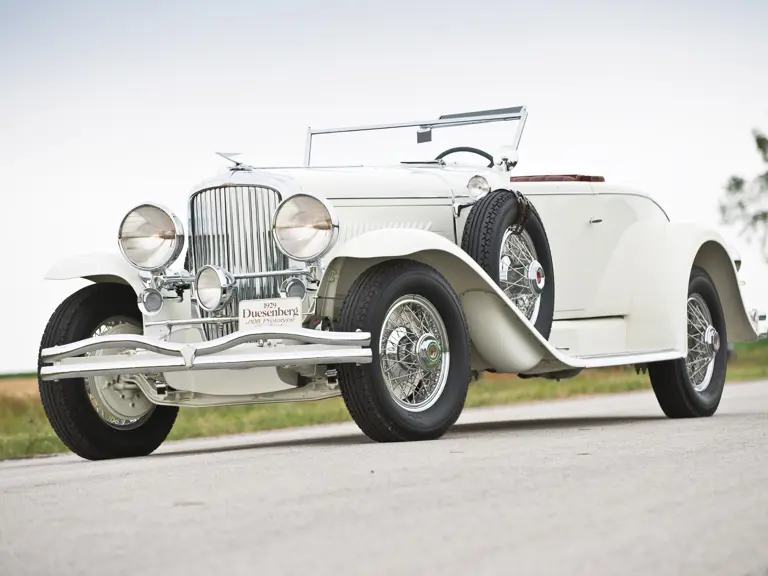
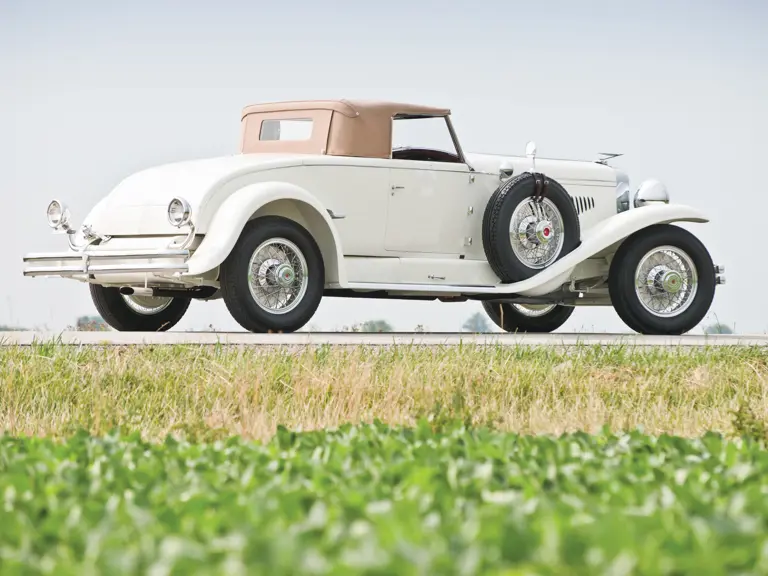
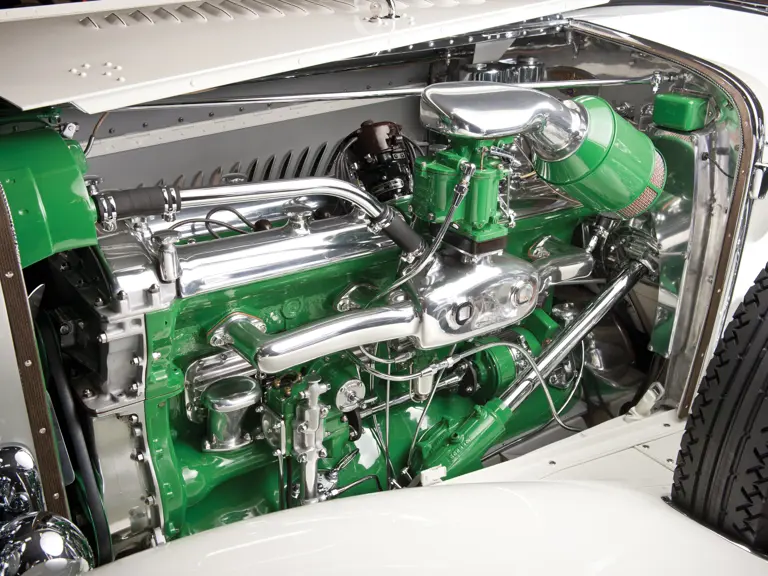

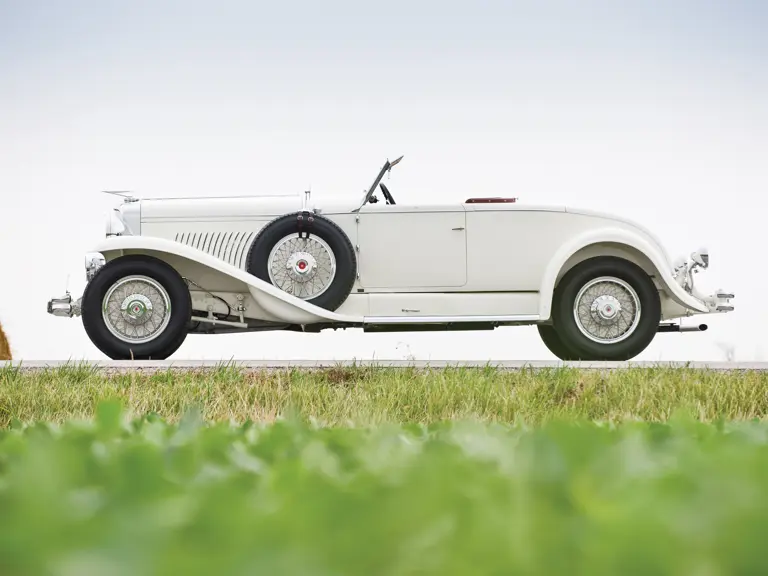
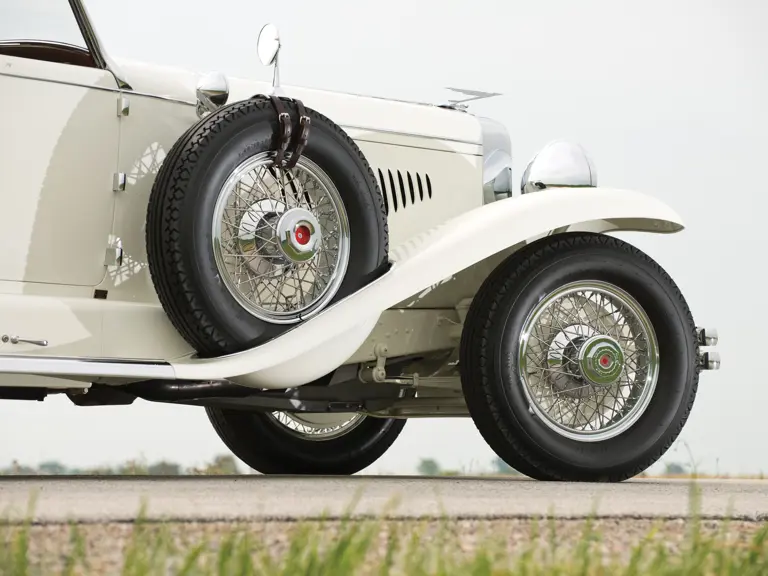
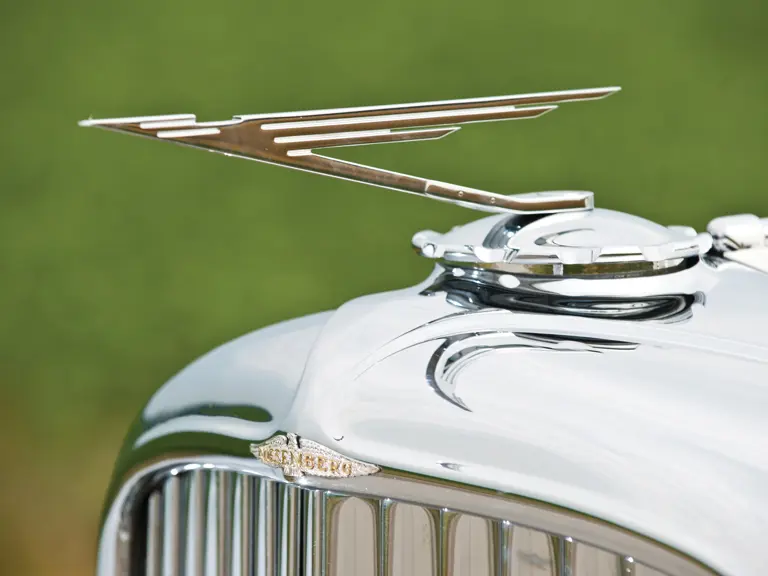
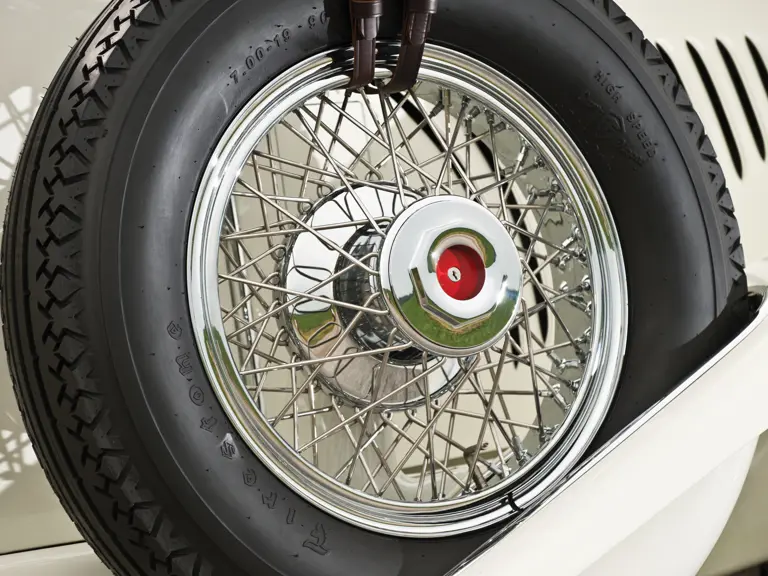
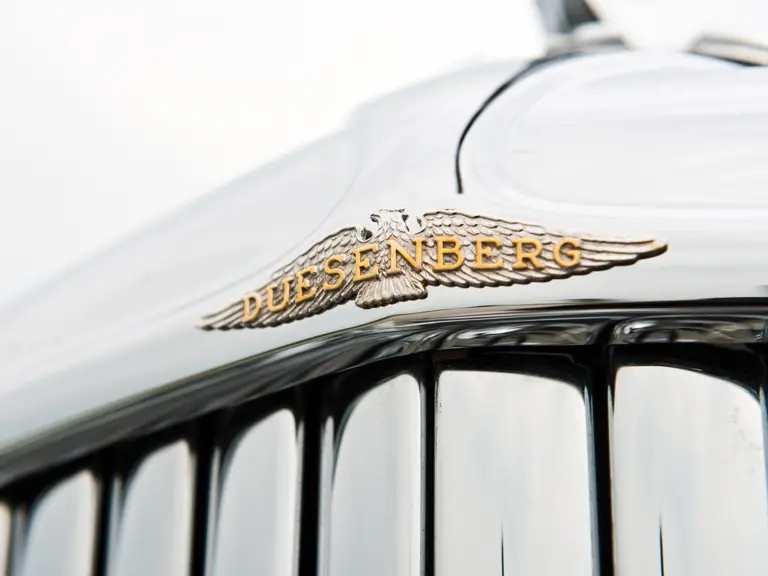
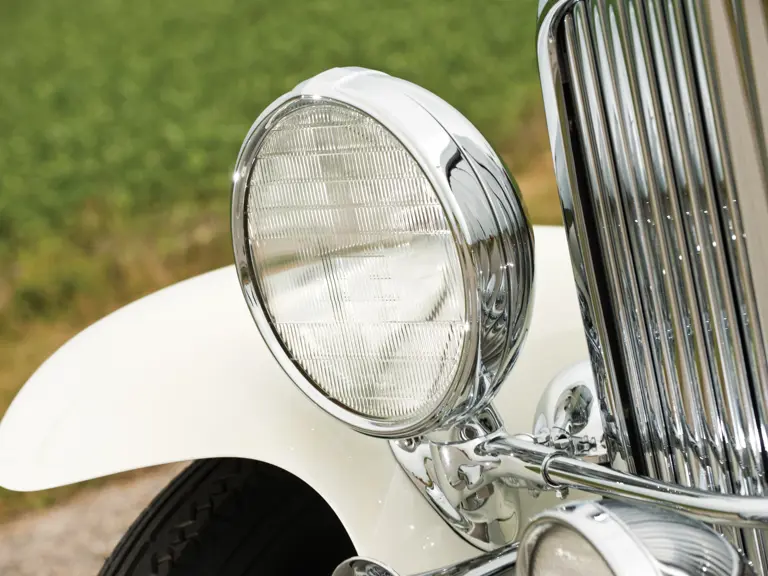
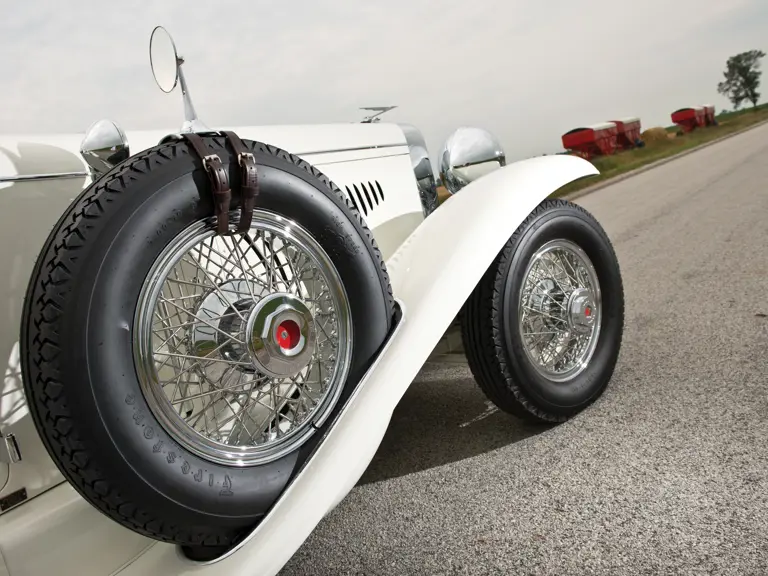
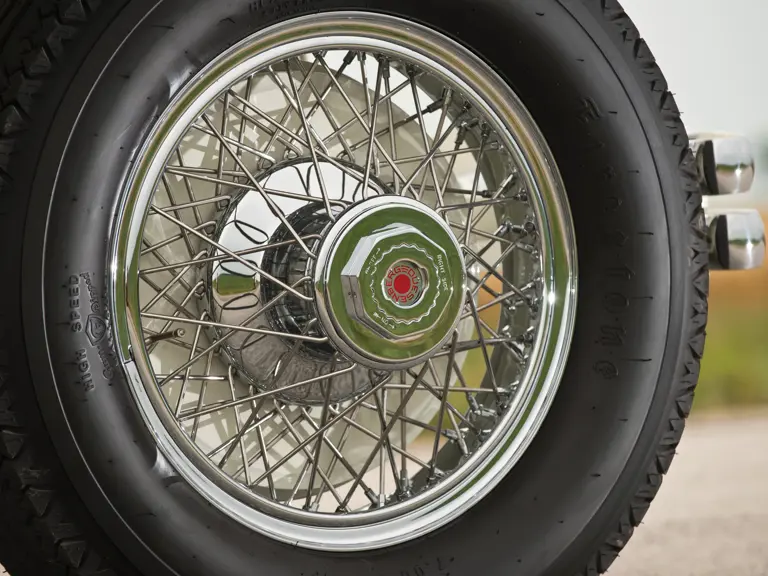
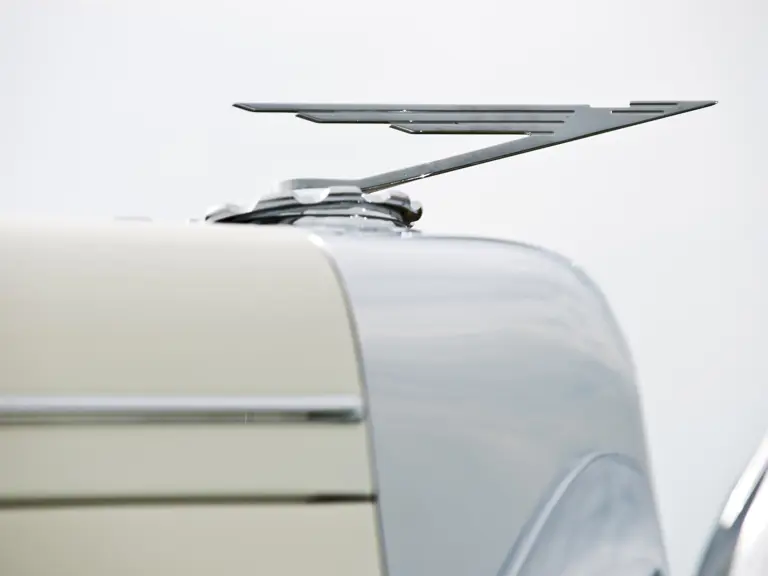
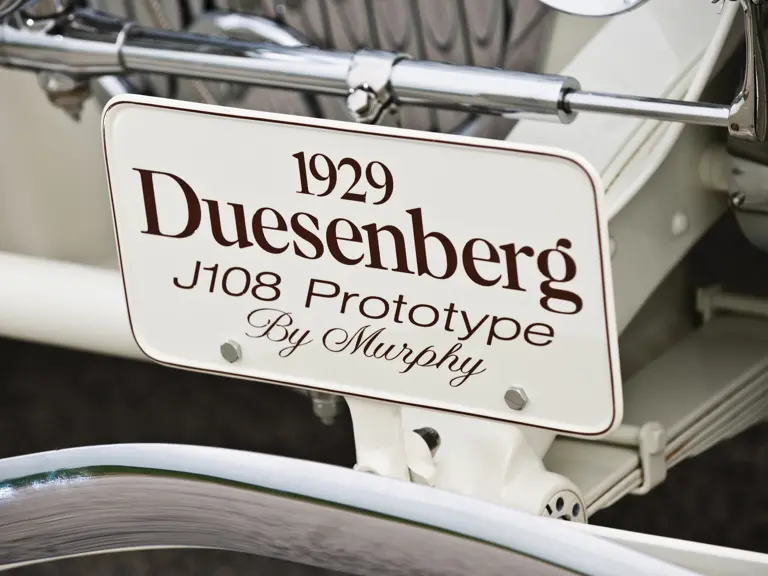
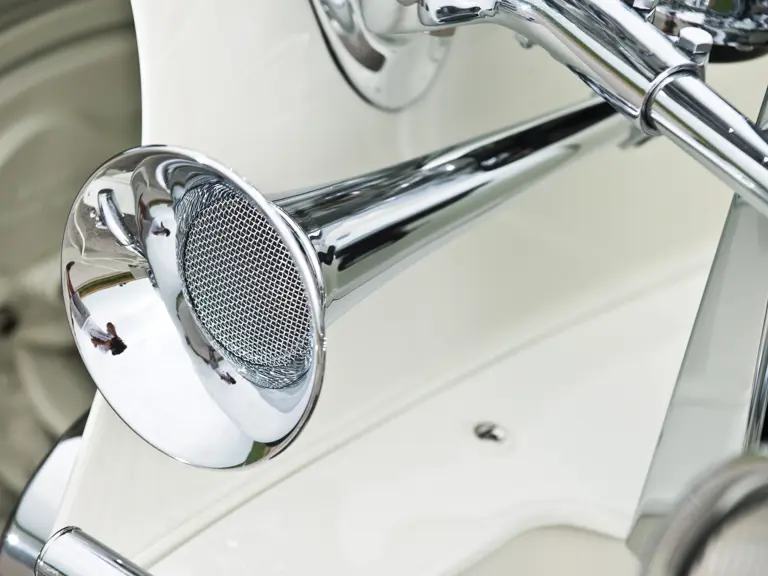
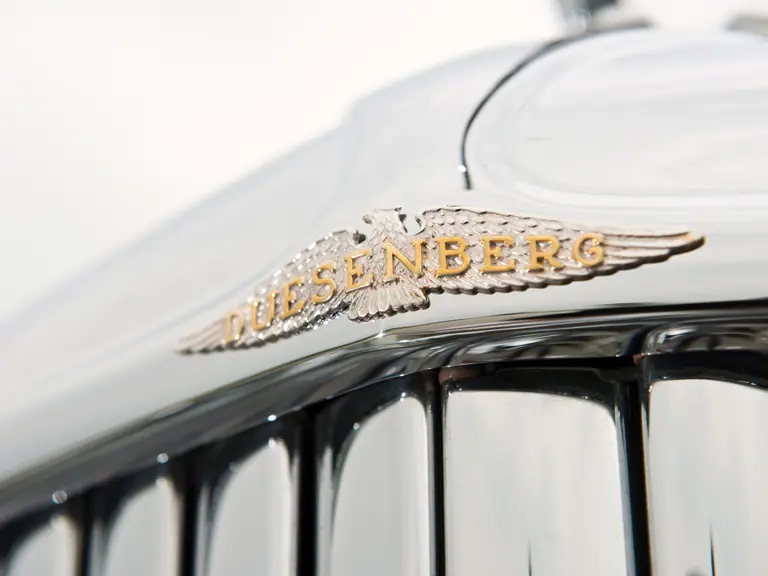

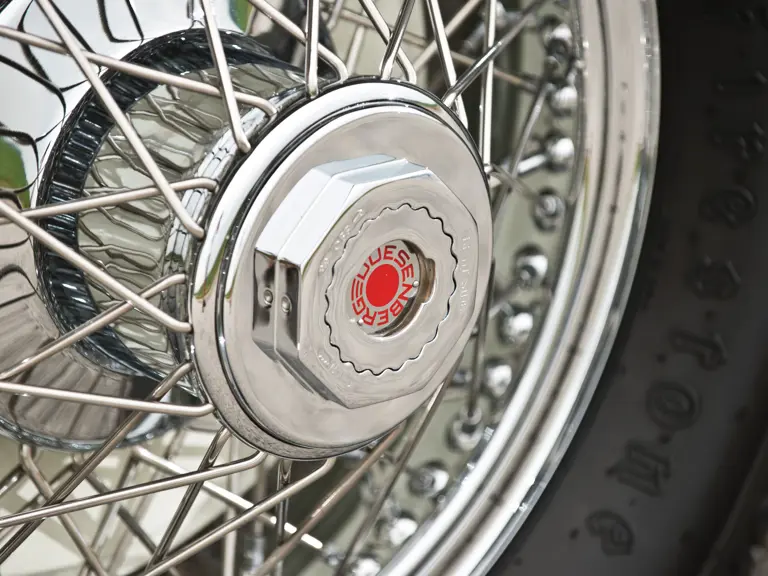
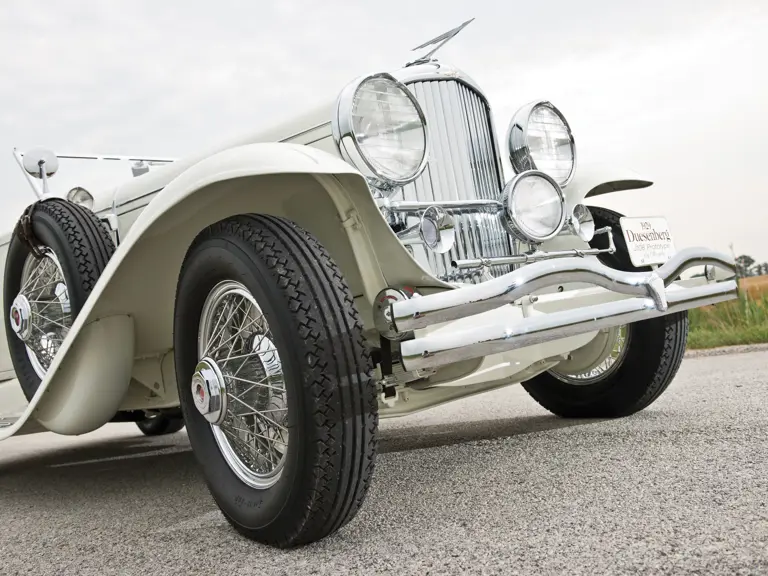
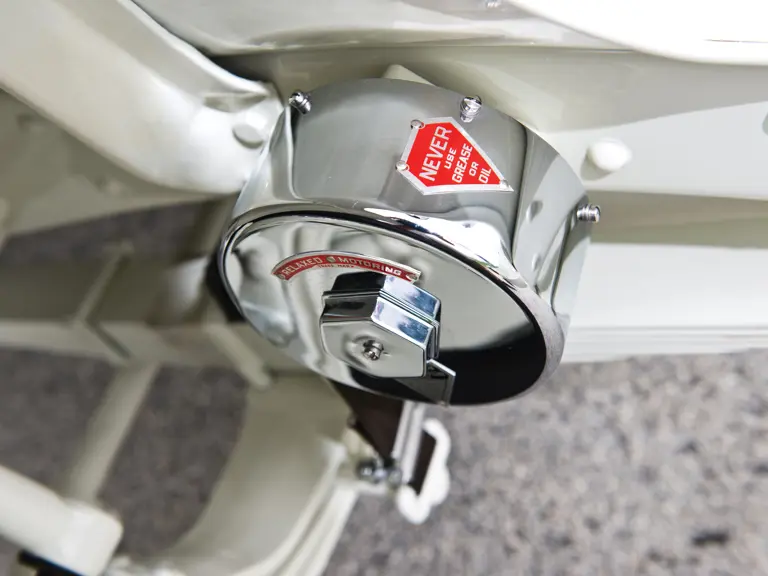
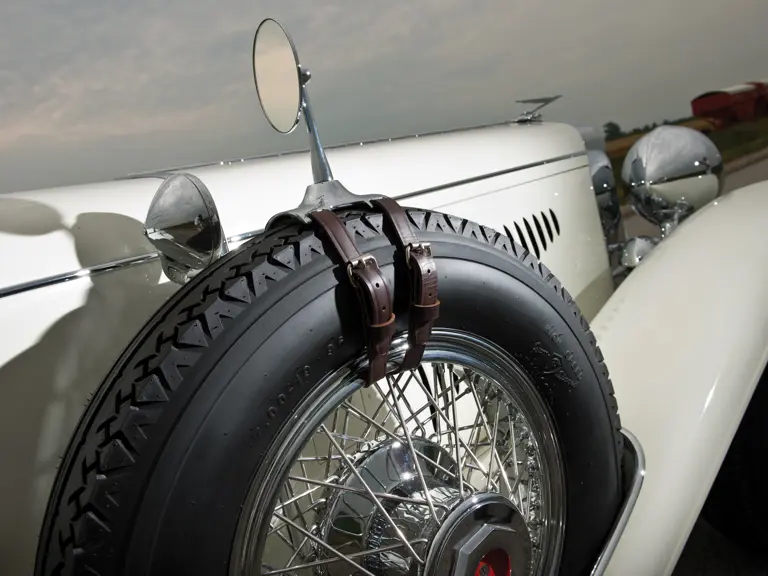
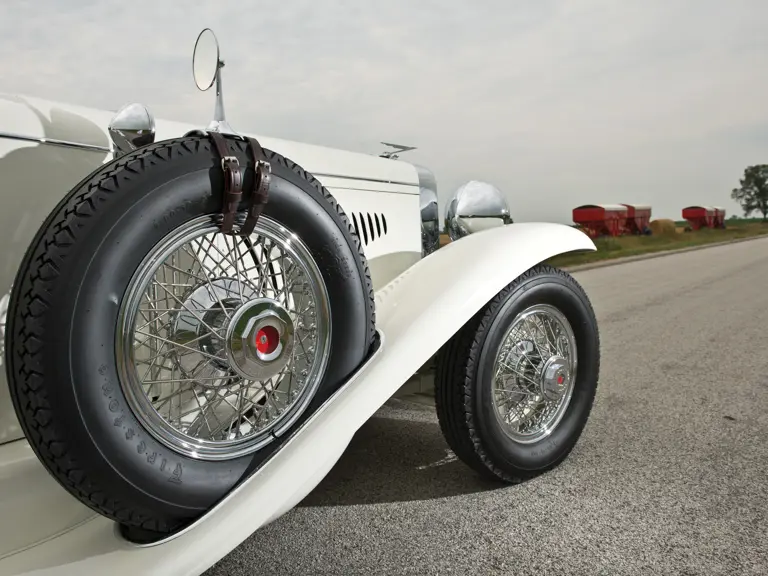
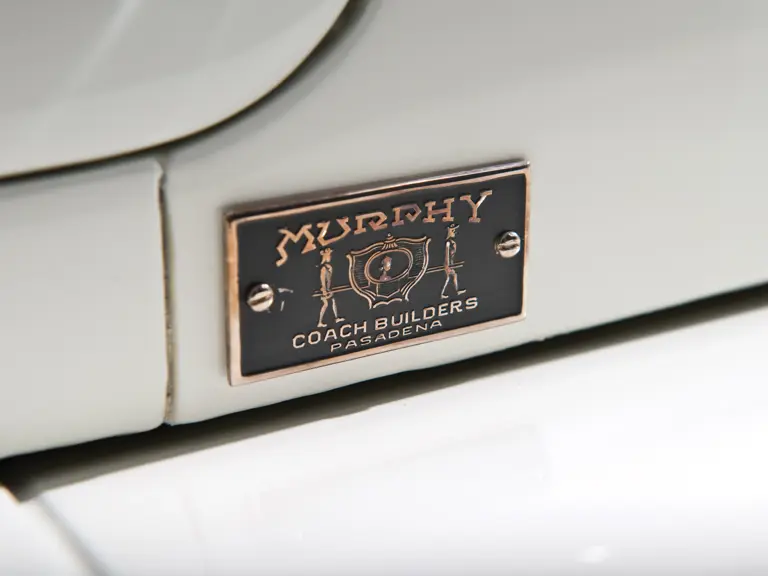
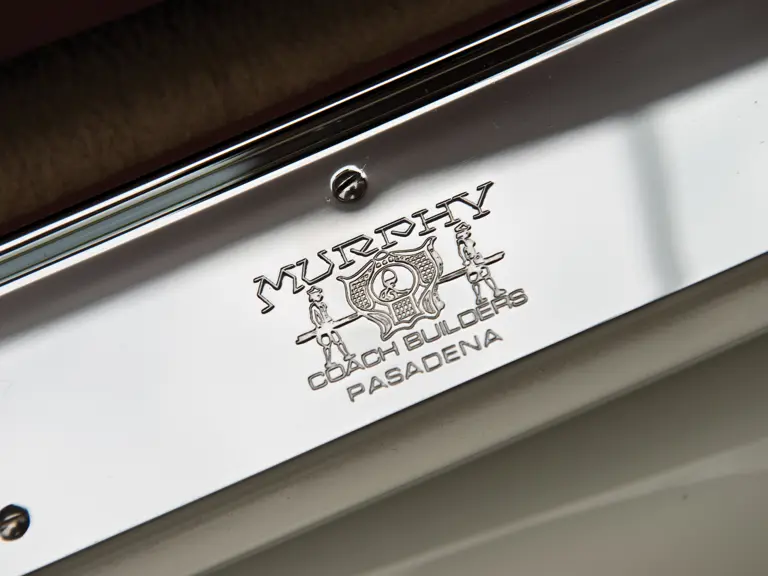
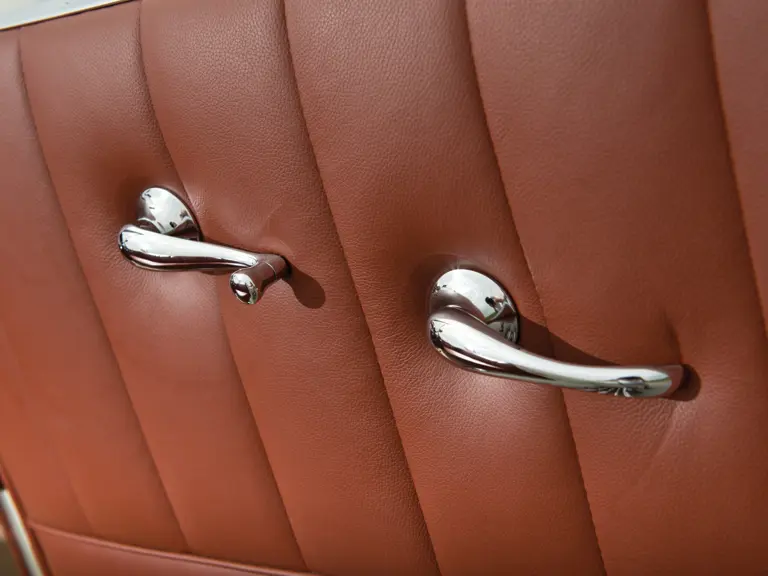
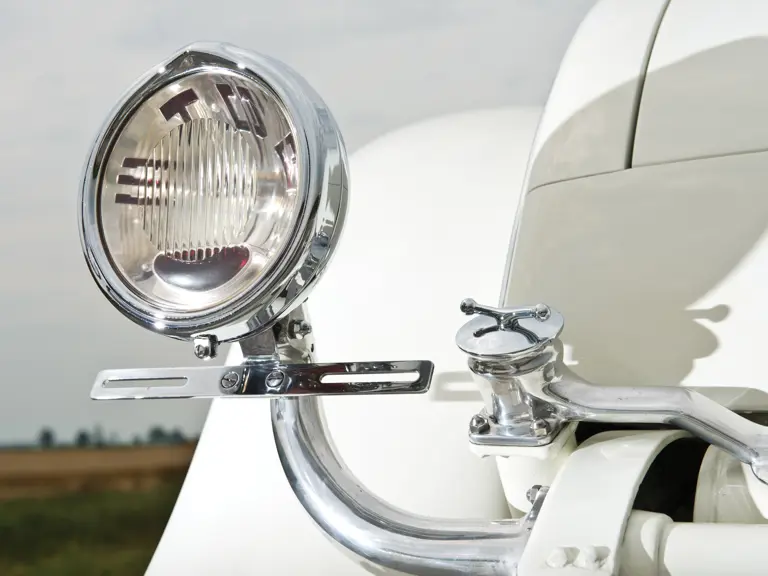
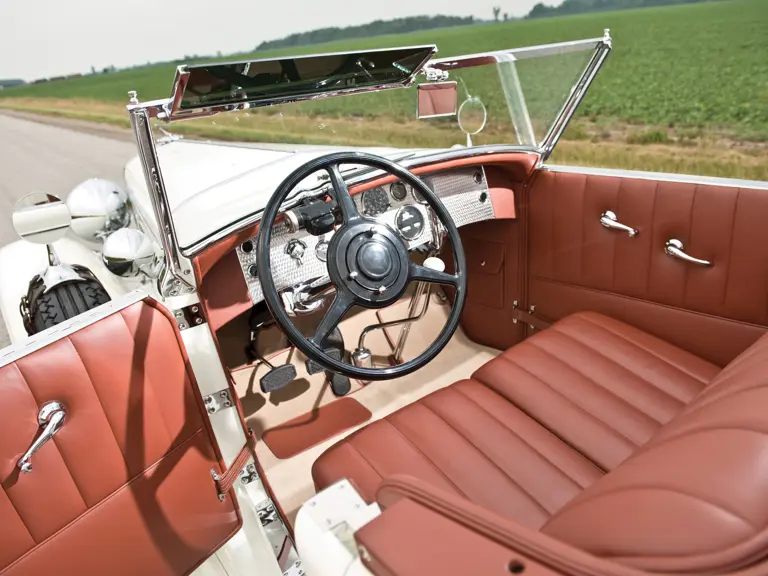

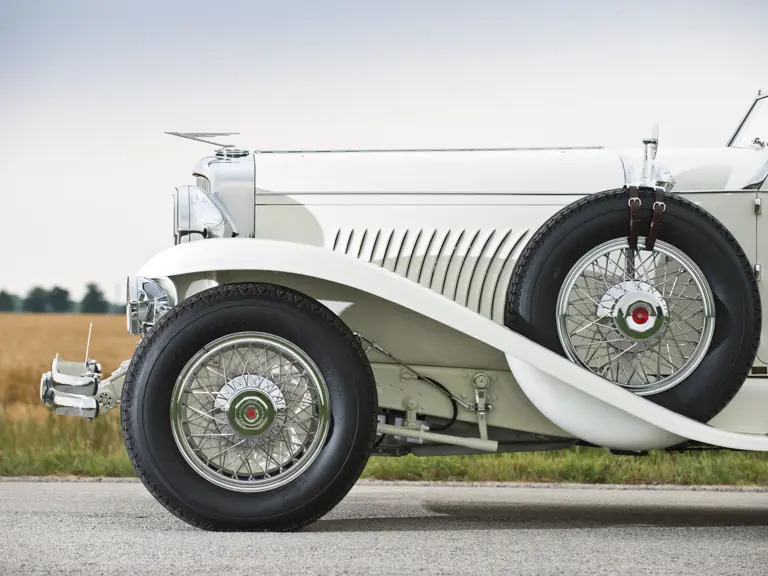
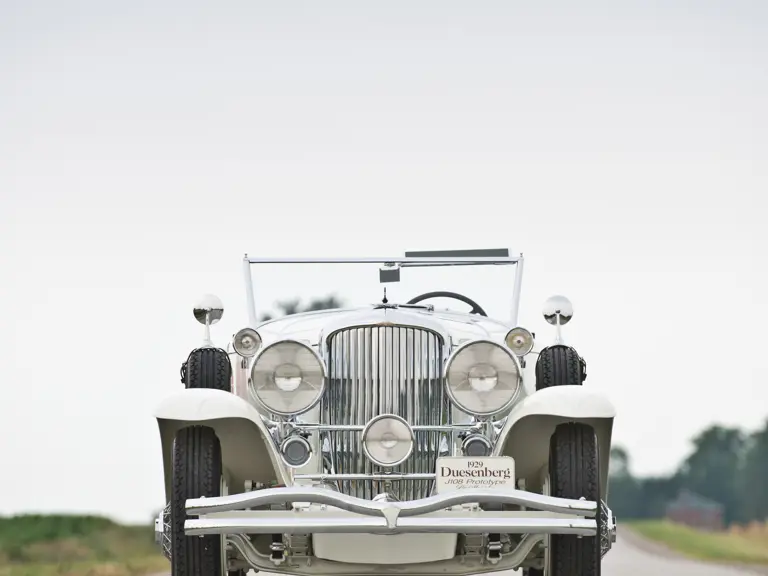
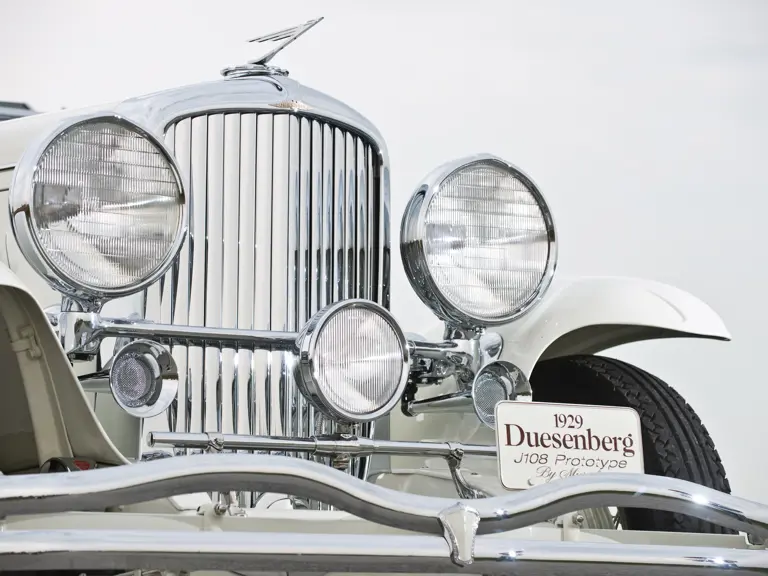
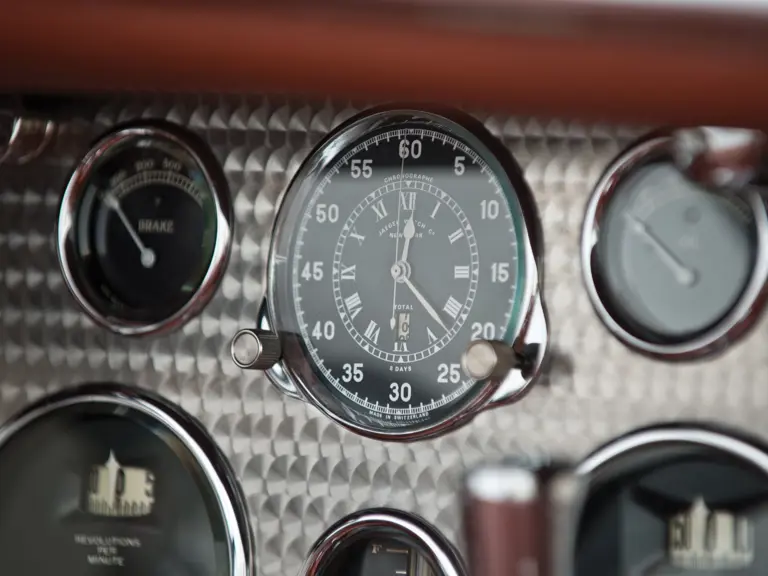
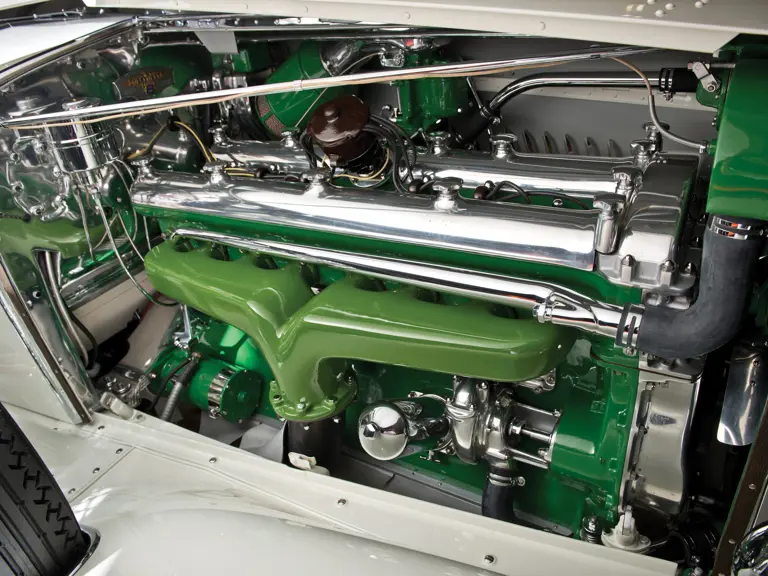
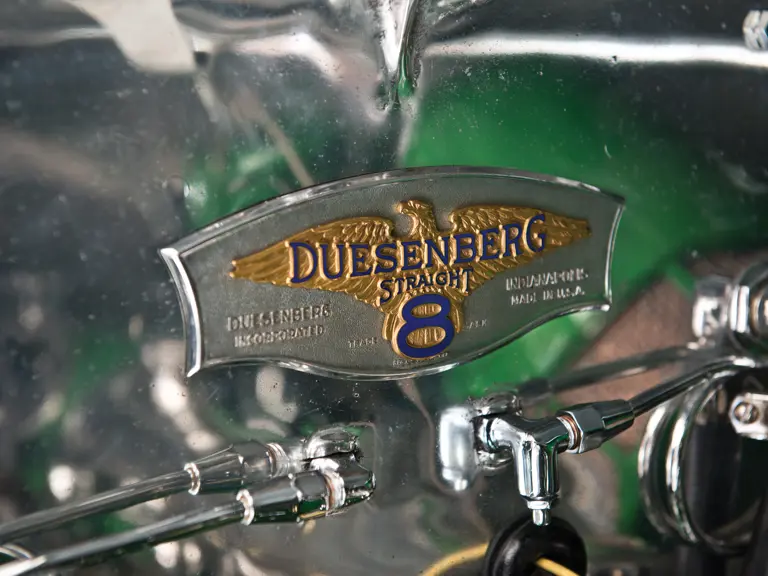
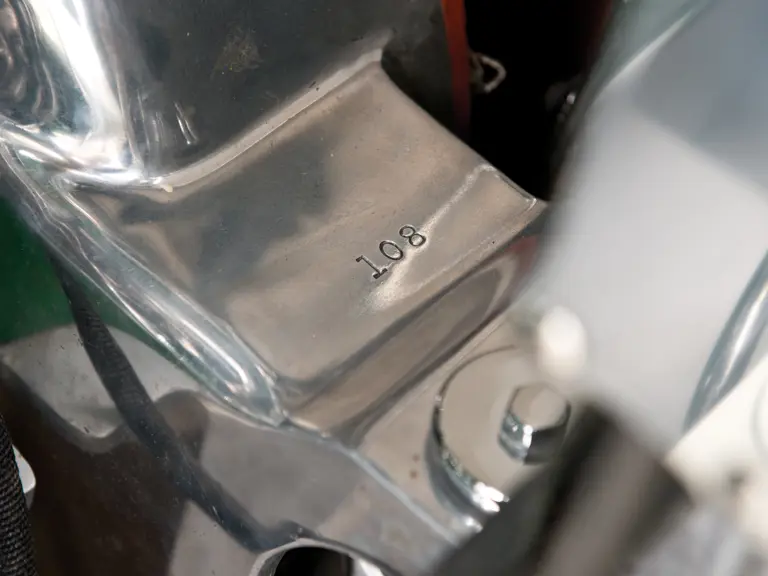
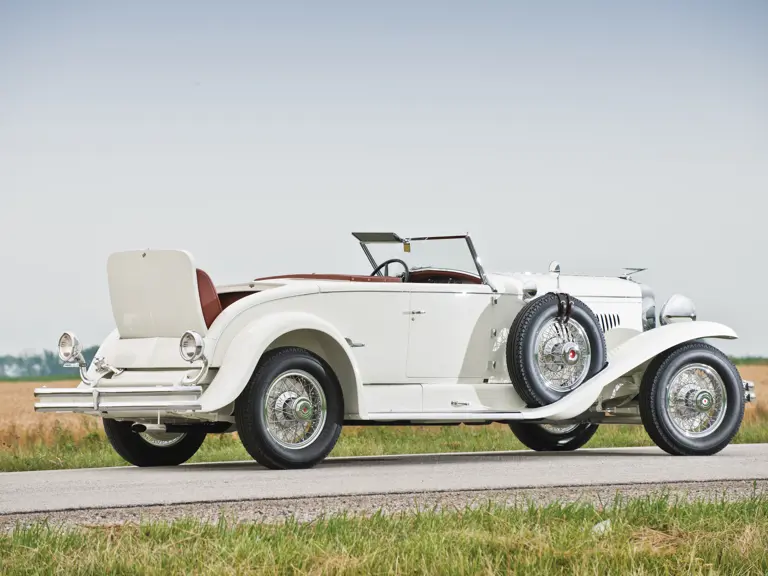

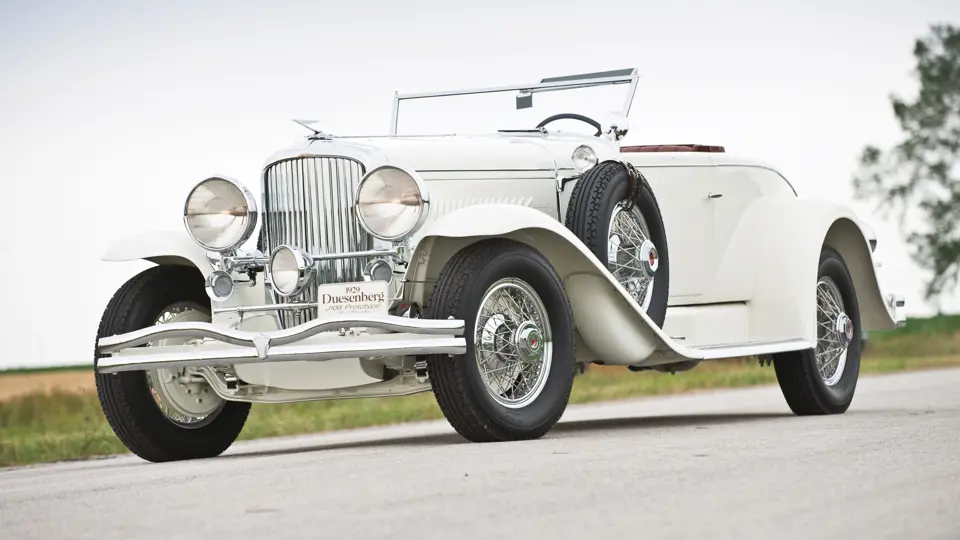
 | Monterey, California
| Monterey, California
